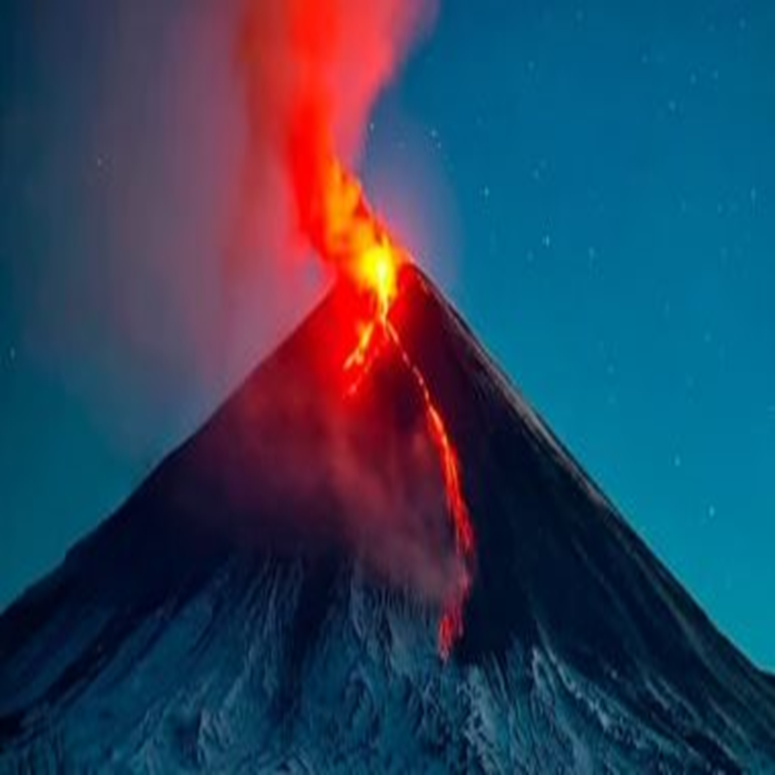It grows in the depths of the Mediterranean Sea...the discovery of an unprecedented magma chamber

Volcanologists have discovered a large, unprecedentedly growing magma chamber beneath a subterranean volcano in the Mediterranean Sea, near the Greek tourist island of Santorini.
The new study found that the undersea volcano "Kolombo", whose eruption led to the destruction of the picturesque Greek island of Santorini nearly 400 years ago, contains a growing magma chamber that could fuel another massive eruption within the next 150 years.
Colombo Volcano is located about 7 kilometers (4 miles) from Santorini, and 500 meters (1,640 feet) below sea level.
Colombo is one of the most active marine volcanoes in the world, and according to historical accounts, its last eruption in 1650 AD killed at least 70 people.
A study published on October 22, 2022 in the journal Geochemistry, Geophysics, Geosystems revealed that a previously undiscovered magma chamber growing under the Colombo volcano could lead to another volcanic eruption, putting residents and tourists in Santorini at risk.

High-resolution images and petrographic data indicate that the magma chamber is about 0.6 km wide and 2 km deep, with a molten mass of 42%.
Magma deposits are located between about 2 kilometers and at least 4 kilometers below sea level, and represent a great danger, as they can cause a volcanic eruption that could lead to a tsunami, according to the study.
Undersea volcanoes are monitored just like their counterparts on land, but due to the difficulty of installing undersea seismometers, scientists have less data on undersea volcanoes.
In an attempt to overcome this problem, scientists decided to test a different technique to study Colombo's internal mechanics.
Specifically, they used a method called full-waveform inversion that relies on artificially produced seismic waves to create a high-resolution image of how hard or soft underground rocks are.

Seismic waves travel at different speeds through the Earth depending on the hardness of the rocks they pass through. For example, a type of seismic wave called a P wave travels more slowly if the rock resembles a liquid, such as magma, than it does through solid rock.
By collecting data about the speed of seismic waves traveling through the Earth, scientists can identify where magma formed.
Data from seismic recordings showed a significant decrease in velocity beneath the volcano, indicating the presence of a magma chamber, not just solid rock.
Other calculations also revealed that the magma chamber had been growing at a rate of 4 million cubic meters annually since its eruption in 1650.
The team also found that the chamber now contains approximately 1.4 cubic kilometers of magma.

According to the study's lead author Kajetan Chrapkiewicz, a geophysicist at Imperial College London, the volume of magma could reach nearly 2 cubic kilometers within the next 150 years. This was the estimated amount of magma that was expelled about 400 years ago.
Source: Live Science

